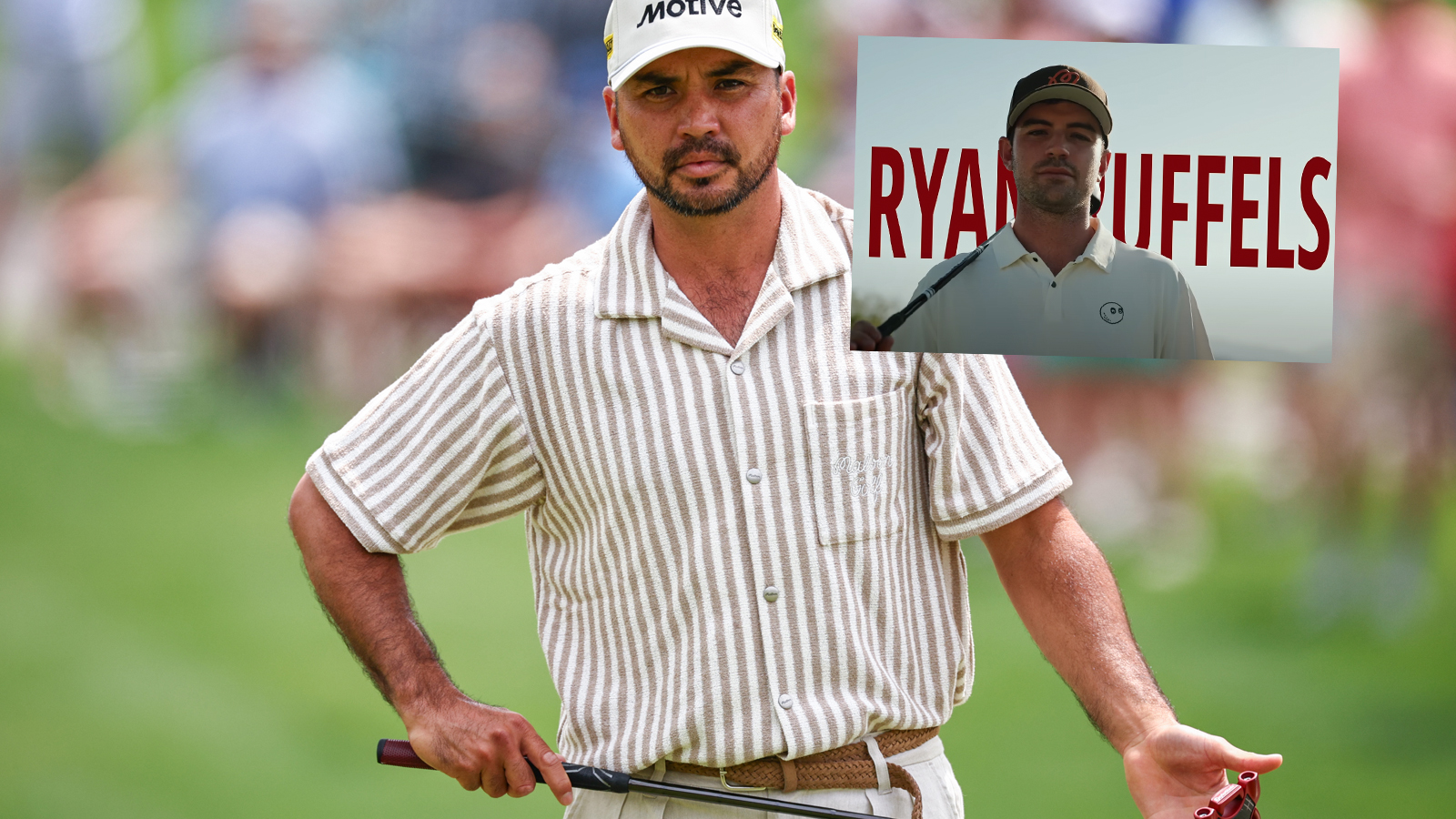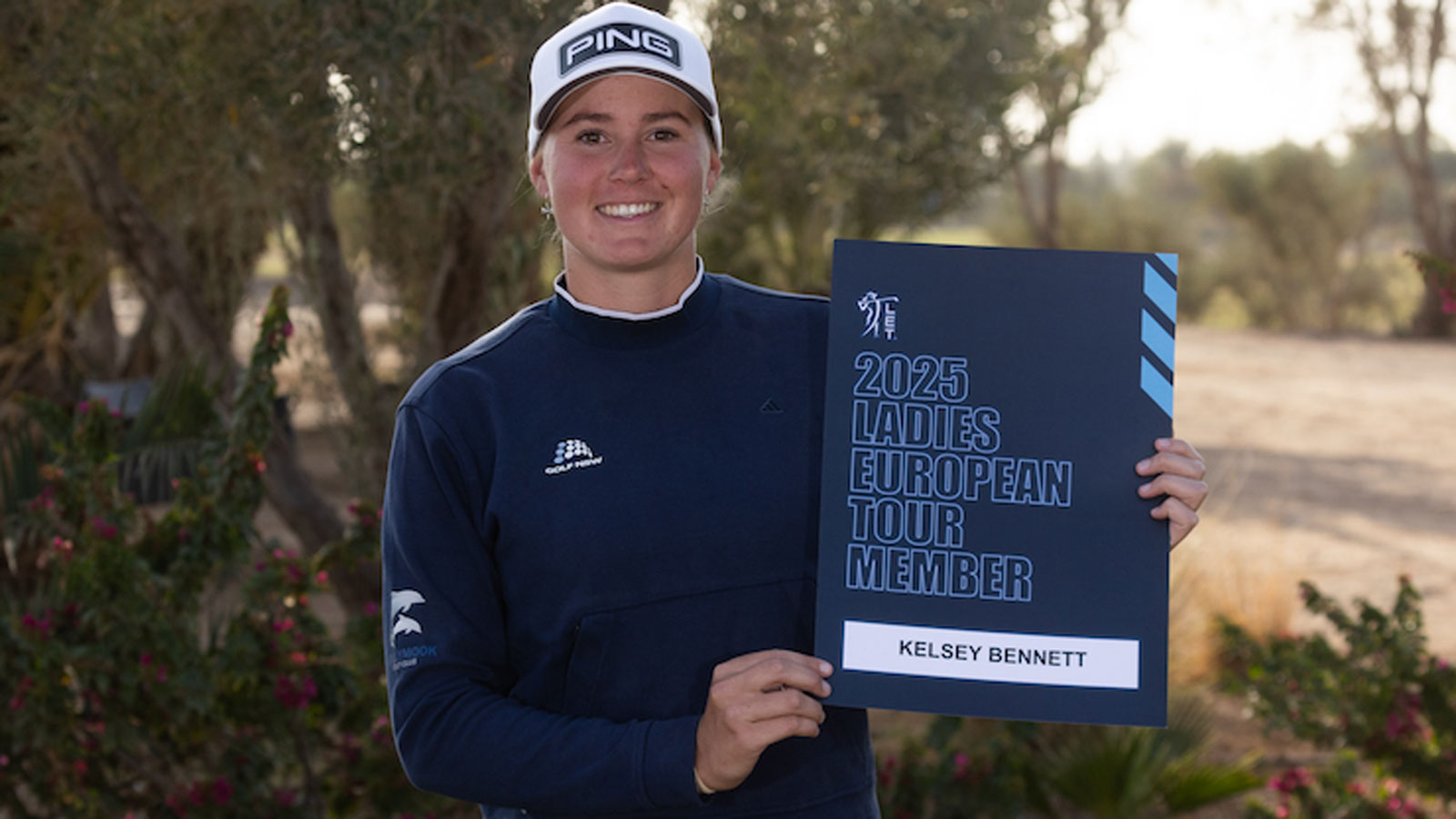U.S. Open 2024: My wedding photographer is playing in Final Qualifying. Here’s how an amateur balances real life and major dreams – Australian Golf Digest

- by Admin
- June 2, 2024
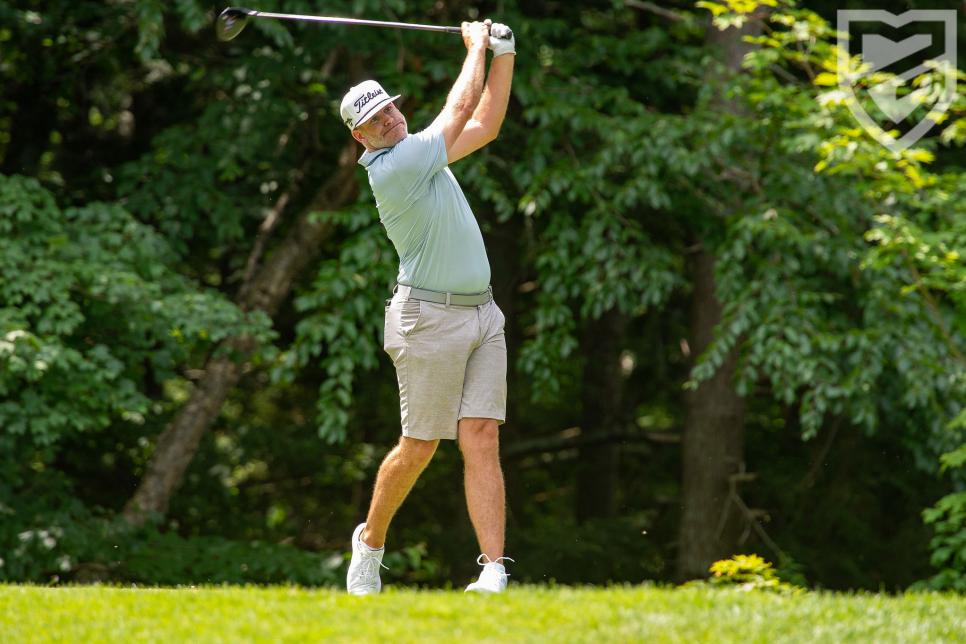
Ihave never met Harold Varner III, but I know we have something in common: We both had Garren Poirier as our wedding photographer. And I assume that Varner, like myself, will be checking scoring on Monday to see if Poirier is going to make it through Final Qualifying of the 2024 U.S. Open and earn a spot at Pinehurst No. 2.
In the days leading up to the 36-hole qualifier at Canoe Brook Country Club in Summit, N.J., Poirier is balancing the realities of working for a living, with the dream of playing in a major. It’s difficult and often not ideal, but the amount of time he has to spend thinking about things other than golf might actually help him navigate as he attempts to make it through “Golf’s Longest Day.”
Poirier, 43, played college golf at Temple University, and put his clubs away after graduating in 2002. He was burned out and wanted to travel. He eventually settled in Killington, Vt., but after a few seasons away, he began to start to play again. Poirier plays at the course I grew up at, Rutland Country Club, and runs his own photography business.
Everyone in Vermont golf knows who he is. He played in the 2011 U.S. Amateur at Erin Hills, shooting 74-71 and missing a playoff for match play by three. (Scrolling through the results, I couldn’t help but notice he tied Brooks Koepka.) He played in a handful of other USGA events as well before in 2020 he set a record when he won the Vermont Amateur, which included a 64 in the second round.
So when Poirier shot 66 at TPC River Highlands to win medalist honors in his U.S. Open Local qualifier, everyone in Vermont golf knew about it.
Poirier was a former college golfer at Temple who has playing in a handful of USGA amateur championships as well as winning the Vermont Amateur. (Photo courtesy of Garren Poirier)
“It was one of those early season feelings where there’s really no pressure,” Poirier said. No longer a skier, he and his wife spend winters in Scottsdale, Arizona. “I knew coming off Arizona that I probably was in better shape than most guys that were coming out there. It was more of a freeing feeling than anything of just being like, You know what? You can just go out here and swing away.”
The hope, of course, is to slide back into that same mindset on the day of final qualifying, cruise to back-to-back 66s, and punch a ticket to the U.S. Open. A task wildly easier said than done.
“There’s such a difference between qualifying and getting to final stage, and you’re like, Holy sh**, I’m here now. I’m nervous. I want to perform,” Poirier says. “Where instead you were at the qualifier, you were just like, Who cares? Let’s just go out and fire a good number. And if we don’t, then nobody cares. And in general, nobody cares anyways. So it’s one of those things of just disassociating it for what it is, I think. But it’s tough when you get there, the hub of, and the Golf Channel’s there, and there’s people that you’ve seen on TV. It’s like automatically your brain goes to, Oh man, this is kind of different than normal.”
More From Golf Digest 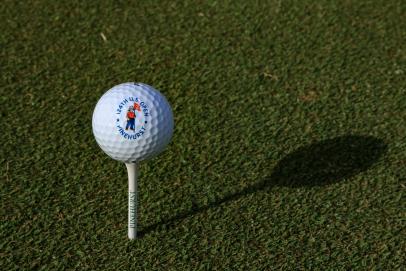 The Road to Pinehurst U.S. Open 2024: Local and Final sectional qualifying schedule and results
The Road to Pinehurst U.S. Open 2024: Local and Final sectional qualifying schedule and results 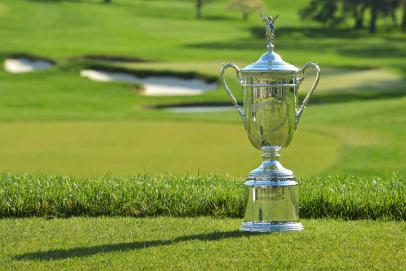 Pinehurst Bound U.S. Open 2024: Here’s everyone who is in the field at Pinehurst (so far)
Pinehurst Bound U.S. Open 2024: Here’s everyone who is in the field at Pinehurst (so far)  Course Handicap What would you shoot at the U.S. Open? New USGA tool settles a common debate
Course Handicap What would you shoot at the U.S. Open? New USGA tool settles a common debate
So the question becomes, how do amateurs like Poirier handle all of that? Part of the key might be leaning into the fact that they are, in fact, amateurs.
“Of course, I’ll be nervous,” says Poirier, who has played Final Qualifying at Canoe Brook once before, shooting 73-75 in 2012. “But for me, I’m an amateur. I have two weddings the two days before that.”
His schedule leading up Monday’s Final qualifying is a little crazy: On Saturday, he photographed a wedding in New Hampshire. On Sunday he’s scheduled to photograph a wedding in southern Maine. A buddie of his who is caddieing for him is meeting him in Maine and they’ll drive to Canoe Brook together Sunday night. With his caddie driving, maybe Poirier will be able to sleep a little before they arrive around 3 a.m. The first tee time on Monday is 7 a.m.
“I’m going to be coming in there super hot,” he joked.
This scheduling situation is something that happens when golf isn’t what pays the bills. “I can’t turn away business because a golf tournament might happen,” Poirier explains.
He hoped to stop at a range in between the two weddings as he’s driving to Maine, but he wasn’t relying on that as an important last-minute tune-up.
“My game is what it is, and whatever Garren shows up on that Monday morning is to the Garren that shows up,” Poirier says. “There’s nothing I can control by hitting balls. I don’t practice a whole lot anyways. I’d rather play. Playing is important, it makes me feel more comfortable in general.”
He’s been playing in local invitationals to keep competitively fresh. Instead of playing a practice round, he’ll preview the course on Google Maps. “I’ll take a look to map out where the misses are,” he says.
An amateur’s preparation before a U.S. Open qualifier is much different than the curated schedule of a pro. But maybe, after the chaos and the thoughts about everything but golf leading up to it, Poirier will be able to find that sweet spot where the pressure doesn’t exist and the swing feels right.
“For me, it’s just like, let’s just go out and swing away. I mean, who really cares what happens? You’re not trying to impress anybody. I’m 43 years old. Of course, the golf course is tough. You’re going to have to hit good shots. But I think it’s more of just like, I’m going to be so busy up to that point. Once I get there, it’s just going to be like, Let’s just rock and roll.”
Whatever happens, you know I—and probably HVIII and all of Poirier’s other golf-obsessed clients—will be cheering.
More From Golf Digest 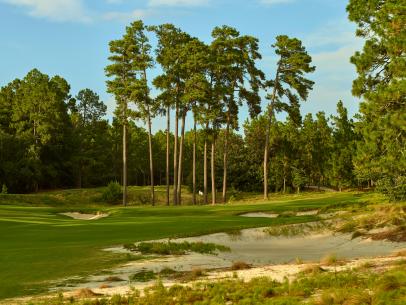 ‘Every Hole At’ Our Pinehurst #2 drone tour reveals the subtle brilliance of this iconic U.S. Open course
‘Every Hole At’ Our Pinehurst #2 drone tour reveals the subtle brilliance of this iconic U.S. Open course 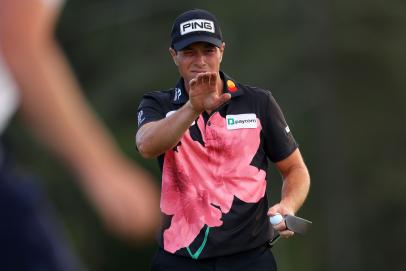 News U.S. Open 2024: Ranking the top 10 golfers without a major
News U.S. Open 2024: Ranking the top 10 golfers without a major 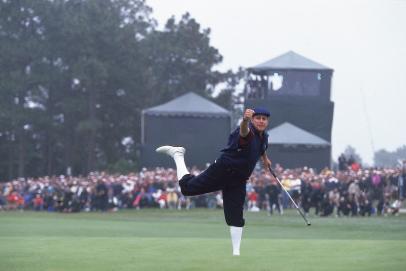 local knowledge The real Payne Stewart, 25 years later
local knowledge The real Payne Stewart, 25 years later
This article was originally published on golfdigest.com
The Latest News
-
December 25, 2024Christmas at the ‘G! Aussie stars and family lap up big day
-
December 25, 2024‘They’re the idiots who picked me’: Aussie skipper’s hilarious message to relieve pressure on new opening sensation
-
December 25, 2024Aussie path to Champions Trophy glory begins with Ashes clash as schedule revealed
-
December 24, 2024‘Good to go’: Head’s cheeky injury jab as ‘unbelievable’ Aussie run machine gets green light
-
December 24, 2024World No.1 weighs in as doping cases rock tennis


